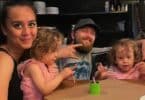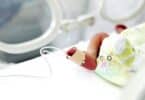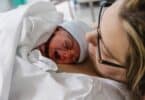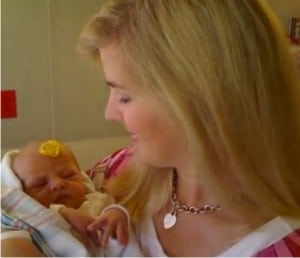
Going deaf during childbirth is not a common phenomenon and Heather was horrified to realize that she had lost her hearing when her baby had arrived.
During her first pregnancy Heather’s hearing had dulled and her left ear hearing had vanished completely after delivering her second child.
Heather said, “’It’s very discombobulating and disconcerting. I didn’t know what was wrong.’
It was later known that the new mom was actually suffering from a rare genetic disorder called Otosclerosis, a hearing problem that affects the third ear bone.
She recalls how during each pregnancy her ears felt clogged and sound would come and go. She went to consult an ear, nose and throat specialist who said that she was losing hearing in her left ear and may need hearing aids soon.
Heather accepted the diagnosis.
In August last year though when she delivered her third child, doctors came to speak to her and she could not hear anything.
‘I could tell they were talking to me, but I could not hear them at all,’ she said. ‘I could tell that they were speaking more loudly, but I could not understand what they were saying.’
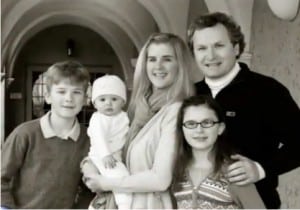
It was then that it was found that Heather had the rare condition where her third ear bone had fixed with the surrounding bones, not able to vibrate to sound anymore. Her pregnancy and birth had made the condition worse.
‘We don’t know why it happens more with pregnancy, but we have found a relation with, for whatever reason, in patients who already have the problem of hearing loss, it seems to be accelerated during pregnancy,’ said Dr. Kevin Wilson, an Otolarngologist with the University of Utah.
In Heather’s case she only came to know of the condition when she got pregnant but doctors say that the condition is fairly common but rarely heard of. Many who do have the genetic defect, may not show severe enough symptoms to test and diagnose the problem.
In fact, 10 percent of the population may suffer from the condition and it is more common in young women.
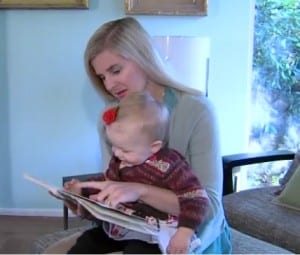
‘We lift up the ear drum and actually remove the third hearing bone and then drill a small hole in the inner ear and replace it with a prosthetic bone; a titanium piston prosthesis going from the second hearing bone to the inner ear and bypasses the problem,’ said Dr. Wilson.
The mom of three is finally over the moon for being able to hear her children.
‘I can hear better than I’ve been able to hear in probably a decade,’ she described. ‘Even hearing her cry is wonderful because I know I can respond.’
Doctors say that the symptoms for otosclerosis are hearing loss, occurring slowly at first but which continues to get worse, and ringing in the ears; tinnitus.
The ways to detect it are a hearing test, and a special imaging test of the head called a temporal-bone CT, which may be used to rule out other causes of hearing loss.
Related Articles:
- 81-yr-old Becomes Father of Twins
- Pioneering Technique Saves Boy with Acute Liver Failure
- Could Placental Cells Heal A Mother’s Heart?

